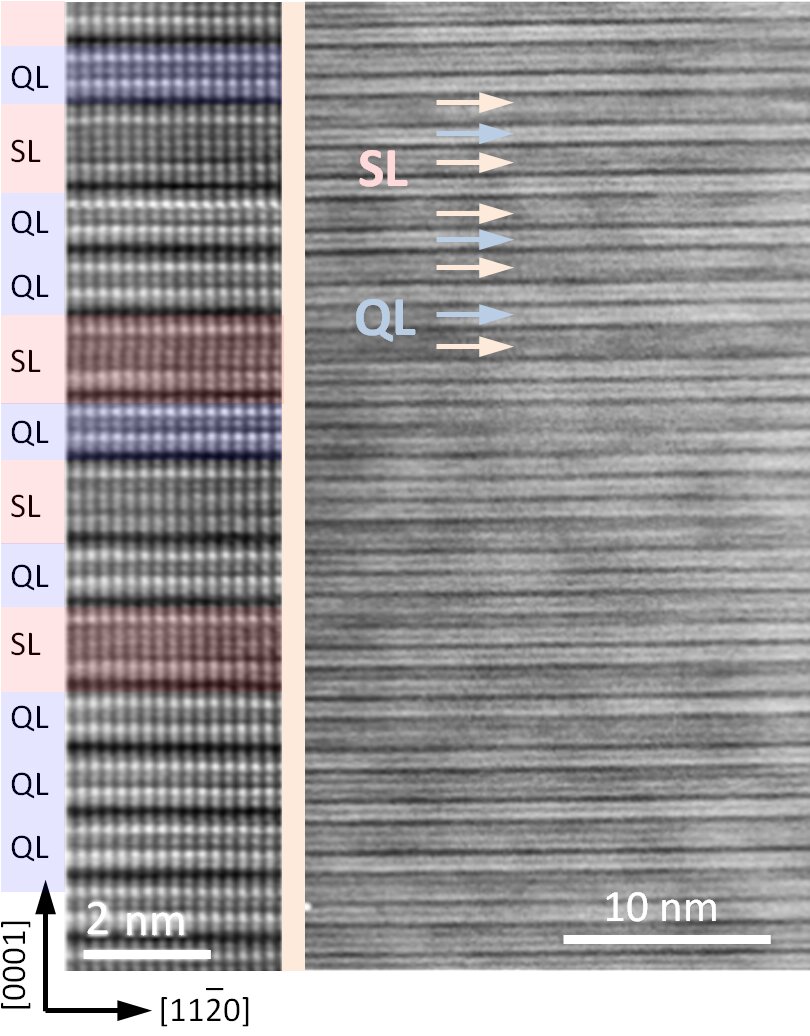
New experiments with magnetically doped topological insulators have revealed possible methods of lossless signal transmission that involve a surprising self-organization phenomenon. In the future, it might be possible to develop materials with such characteristics at room temperature that can be used as processing units in quantum computing, for example.
An international team headed by the University of Linz has achieved a breakthrough. Via photoelectron spectroscopy with synchrotron radiation of BESSY II, they have been able to measure the energy gap in a magnetically doped topological insulator and observe the Quantised Anomalous Hall Effect (QAHE).
The study has been published in Nature.
